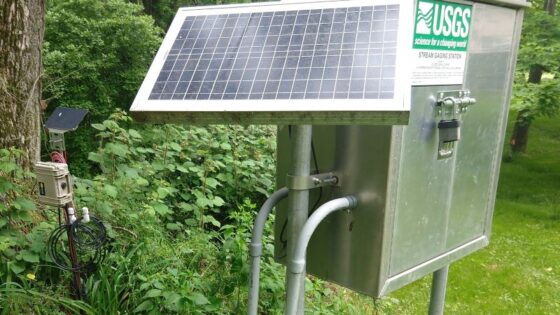Gardner, J.R., M.W. Doyle, S.H. Ensign, and D.M. Kahler. 2024. Limnology and Oceanography Letters 9(2): 128–134.
Permalink/DOI (Open access)
Abstract
Vertical motion is an important driver of sunlight exposure in aquatic environments, shaping the growth and fate of materials and organisms. We derive a simple model accounting for turbulent depth fluctuations of particles to predict the depth that contributes the most sunlight exposure (effective depth) as well as the single depth that, if measured at one place over time, produces the same total sunlight exposure as a moving particle (functional depth). Field measurements of light and depth in rivers using neutrally buoyant drifters and buoys validate our model. Effective depth varied from 0.1 to 1.5 m below the water surface and was ~ 30% of the overall water depth on average. Functional depth varied from 0.67 to 2.3 m and was ~ 50% of the overall water depth on average. Functional and effective depth are physically based concepts incorporating turbulent motion, spatial variability, and water clarity offering new approaches to characterize light exposure in aquatic environments.


